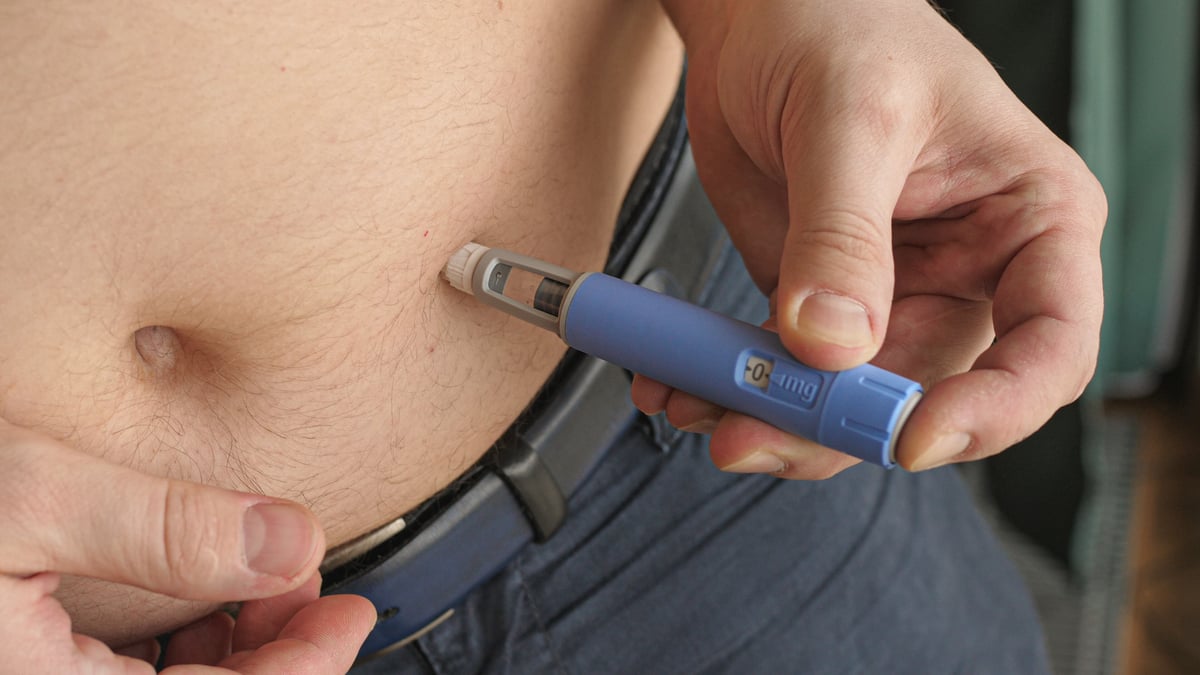As a long-term retail investor, your primary goal should be to build wealth over an extended period (typically several years to decades) to achieve financial goals such as a secure retirement or even more medium-term goals like buying a home. Asset allocation is the cornerstone of diversification and crucial for long-term success.
This means you should spread your investments across different asset classes -- such as stocks, bonds, and cash -- and choose an allocation that aligns with your risk tolerance, time horizon, and goals, all of which will be unique to you.
When it comes to putting cash into stocks that you can buy and hold for the long run, and could outperform for years as part of a well-diversified portfolio, here are two top stocks to consider now.

Image source: Getty Images.
1. Eli Lilly
Eli Lilly (LLY 1.17%) develops and manufactures drugs across several therapeutic areas in addition to its GLP-1 products like Mounjaro and Zepbound. These include major products like cancer drug Verzenio; autoimmune drug Taltz; diabetes drug Jardiance; and a robust pipeline in oncology, immunology, neuroscience, and other areas. Newer drugs like Alzheimer's treatment Kisunla and ulcerative colitis drug Omvoh could also serve as long-term growth pillars for the company.
Eli Lilly is actively seeking to expand the use of its blockbuster GLP-1 drugs for new conditions. It's also working on its next-generation GLP-1 therapies and advancing a deeper pipeline of obesity treatments with different mechanisms of action and modes of delivery. These include orforglipron, a once-daily oral GLP-1 agonist that has shown strong clinical results for the treatment of both obesity and type 2 diabetes, and is expected to expand the franchise to patients who prefer a pill over an injection.

NYSE: LLY
Key Data Points
Unlike injectable GLP-1 drugs, orforglipron is a small-molecule drug, which is expected to make it easier and cheaper to manufacture at scale. The company plans to submit regulatory applications for the drug for obesity treatment to global agencies by the end of 2025. A separate submission for type 2 diabetes is expected in 2026, after data from additional trials is available.
Lilly is also working on another injectable triple-agonist (a drug that activates three different hormone receptors) called retatrutide, with phase 2 results already showing potential for even greater weight loss. Late-stage results are expected before the end of 2025.
Second-quarter results demonstrated the company's financial strength, with revenue jumping 38% year over year to $15.56 billion, and net income skyrocketing 91% to $5.66 billion. Lilly and other pharma stocks have seen share prices impacted recently as conversations around tariffs, negative pressure from drug pricing concerns, and general market volatility have taken hold.
Whether it's tariffs or drug pricing shifts, the reality on the ground will be far more complex to implement. Eli Lilly remains a top healthcare stock with firm financial footing, a strong competitive advantage to drive long-term growth, and a robust international presence alongside ever-expanding U.S. manufacturing.
This stock could present a smart value proposition for long-term buy-and-hold investors that could certainly outperform the market in the next decade and beyond.
2. MercadoLibre
MercadoLibre (MELI 0.90%) has a dominant first-mover position in the high-growth Latin American market. As an early entrant, MercadoLibre has had over two decades to build its brand and secure a dominant share of the e-commerce market in the region, where online penetration is still significantly lower than in developed markets. This gives it a long growth runway as e-commerce continues to expand in the region.
The company has built an impressive flywheel effect that captures customer value at multiple points. Its core marketplace attracts buyers and a wide variety of sellers, and its digital payments arm Mercado Pago has become a full financial services platform for millions of underbanked consumers and small businesses throughout Latin America. Mercado Pago's credit portfolio continues to grow significantly, serving consumers and merchants. For many, it offers access to credit for the first time.
The company also has its own in-house shipping and fulfillment network that provides fast, reliable delivery in a region with inconsistent infrastructure, which is another logistical moat that's exceedingly difficult for competitors to replicate.
MercadoLibre has a proven track record of navigating Latin America's economic and political volatility, high inflation, and currency devaluation. Instead of being hampered by these factors, it has created profitable solutions, such as providing financial services to largely cash-based markets and investment products to help people hedge against inflation.

NASDAQ: MELI
Key Data Points
Now, the company is expanding into the pharmacy business. It's entering Brazil's online pharmaceutical market through a marketplace model, following a series of acquisitions in 2025. The pharmacy sector in Brazil is highly regulated, so MercadoLibre is in talks with Brazilian authorities to modernize regulations to allow for marketplace-based medicine sales.
The goal is to create a marketplace that allows small and medium-size drugstores to sell on its platform, rather than building its own nationwide pharmacy chain. It's also looking to partner with larger chains.
In the second quarter of this year, MercadoLibre reported revenue of $6.8 billion, a 34% increase year over year. The company sold 31% more items on its flagship platform than it did in the year-ago quarter, and its fintech user base soared 30%. Its growing advertising business also saw impressive revenue gains of 38% from the same quarter one year ago.
While these shares don't come cheap, the business has a tremendous runway that long-term investors might want to tap into.





